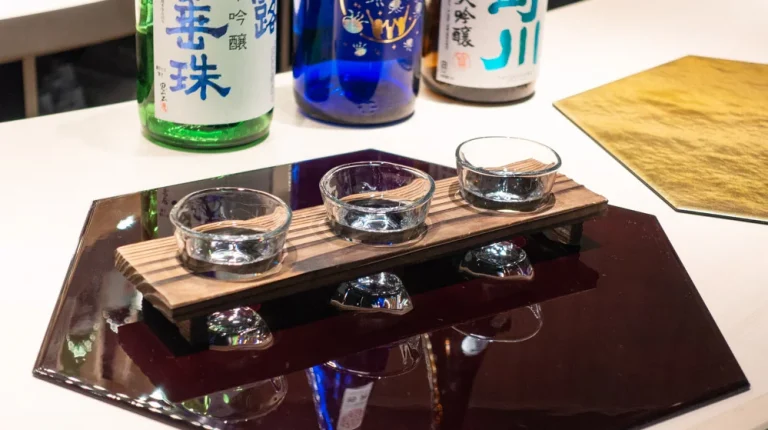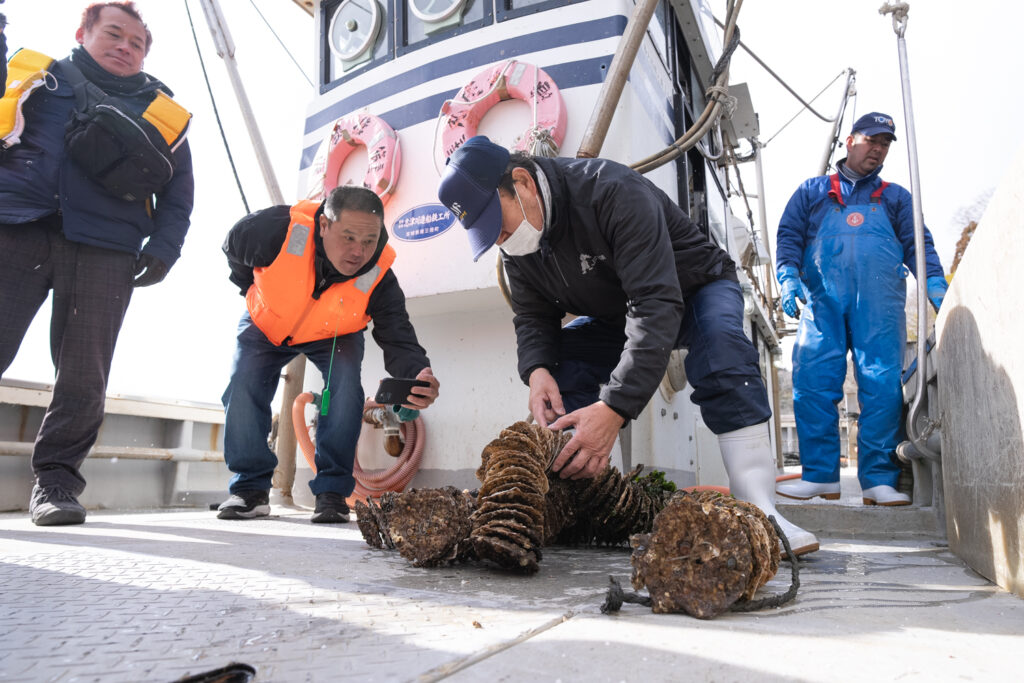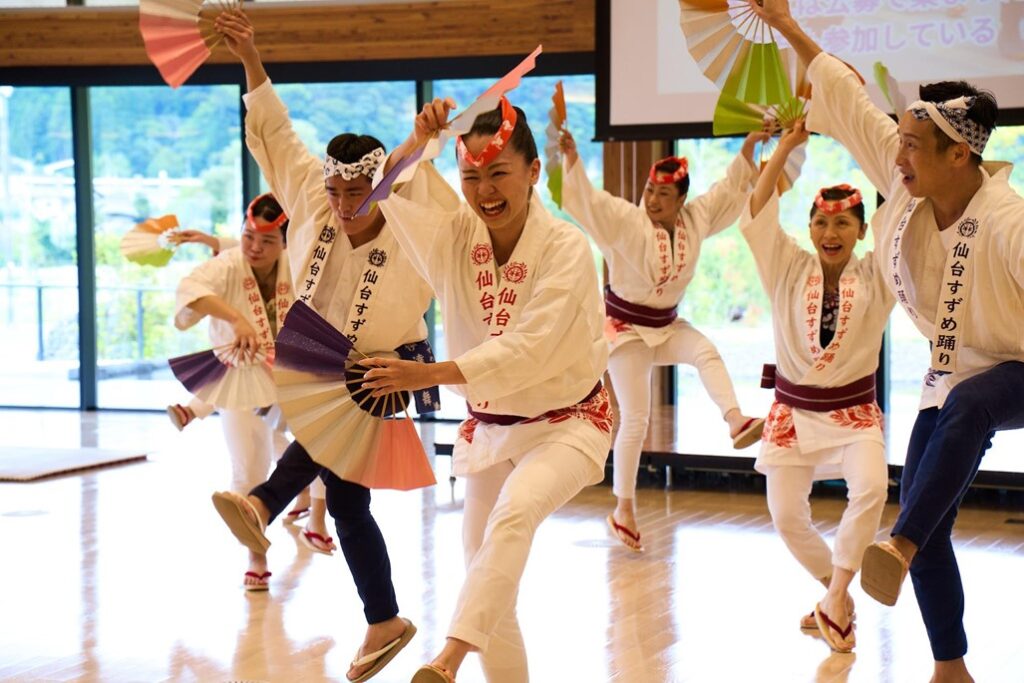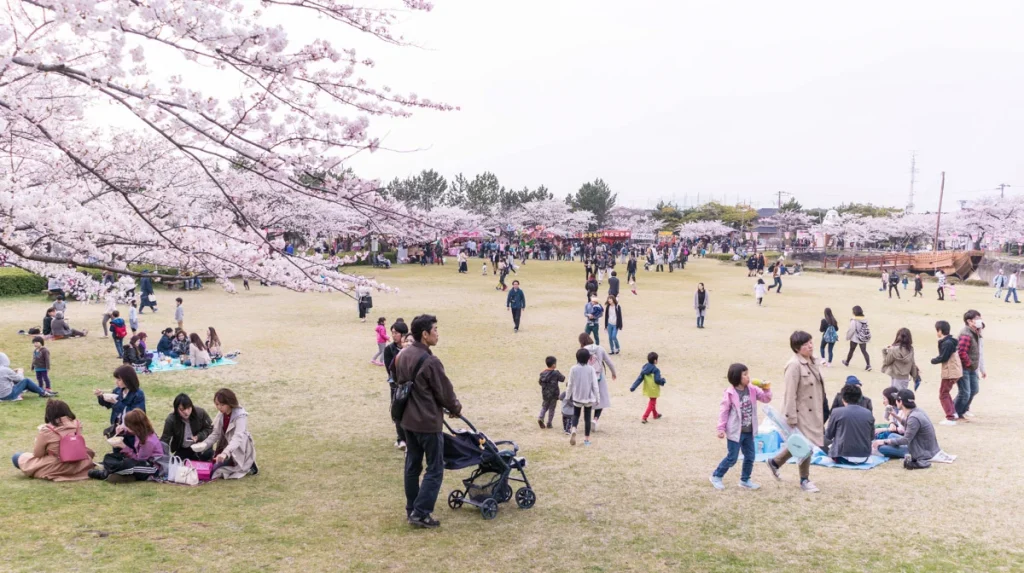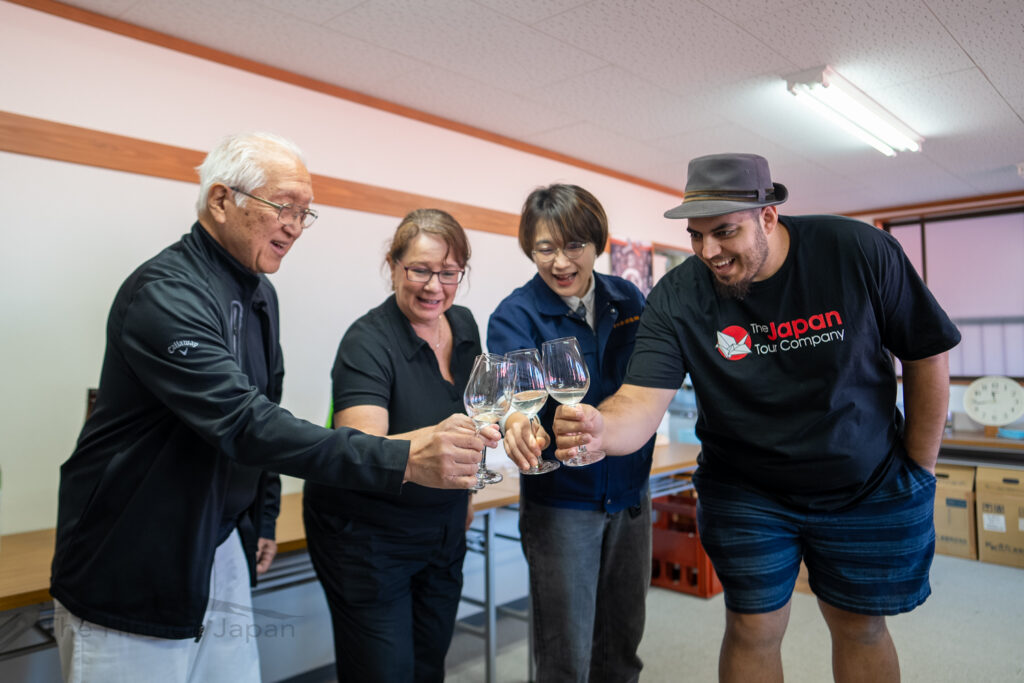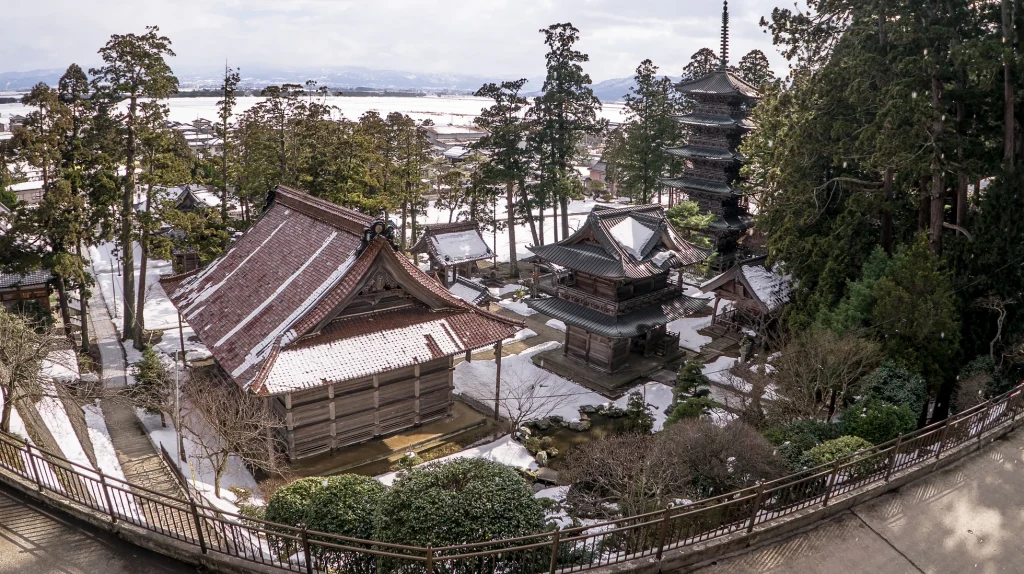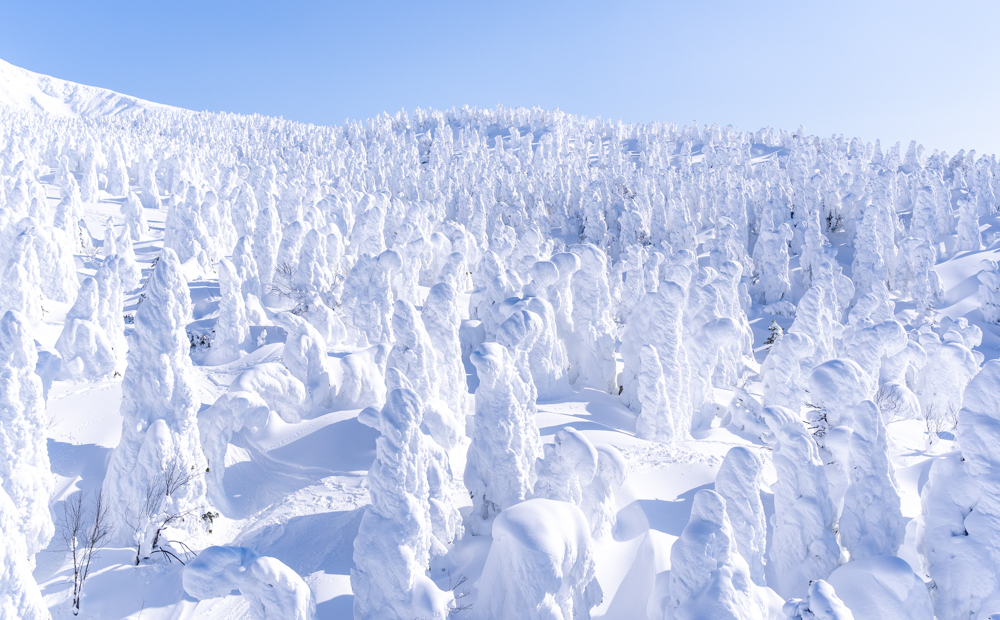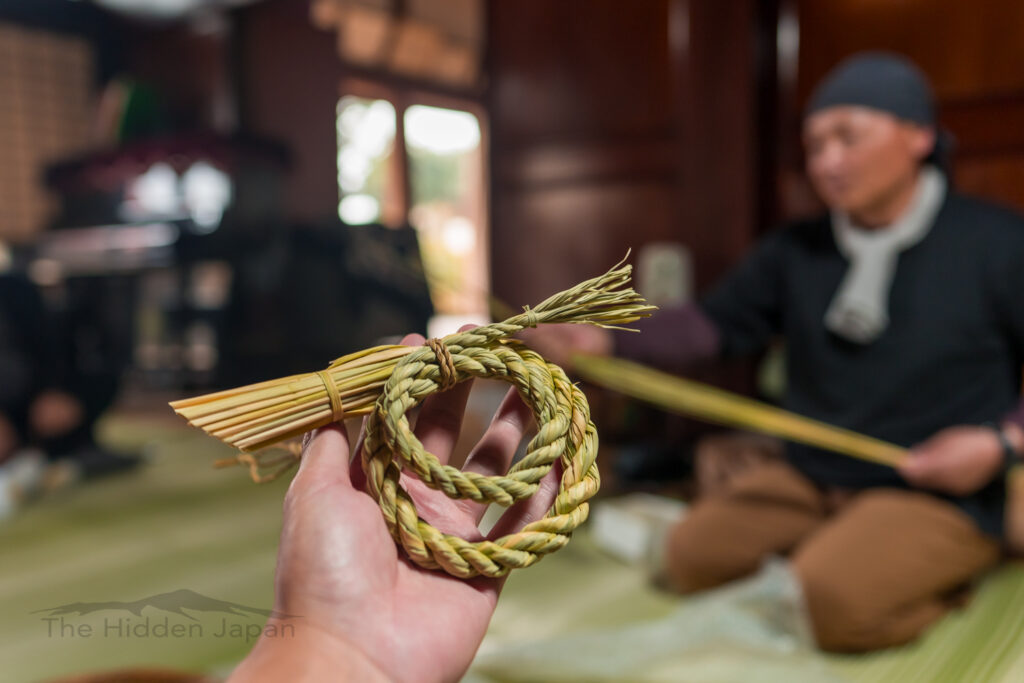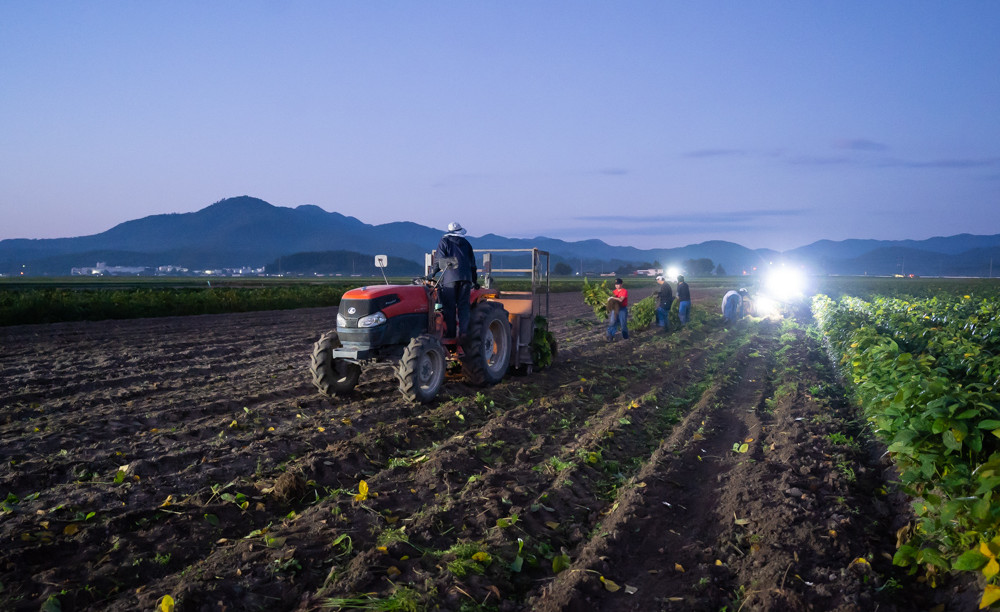
Yamagata Prefecture
The backbone of the Japanese rice industry and a staple in the culinary heart of Japan.
For many, rice has become nearly synonymous with Yamagata as for centuries the remote mountainous prefecture has remained the backbone of the Japanese rice industry and a staple in the culinary heart of Japan. Historically, due to the abundance of high-quality rice produced by this region, cities in Yamagata such as Sakata benefited immensely as the rice industry indulged the economy and contributed to the wealth of countless families and clans. One of these families was the Honma family, who were said to have grown even more wealthy than the feudal lords during the Edo Period thanks to the Kitamaebune rice trade.
Today, while rice can of course be eaten plain or turned into a number of iconic Japanese dishes such as sushi, omurice, and takikomi gohan, under the crafty hands of some of Japan’s finest artisans, rice can completely lose shape and take a new form as Japan’s favorite beverage… Sake!
With Japan’s love of sake today, it’s hard to believe that just 800 years ago that even just a sip of sake was considered a once-in-a-lifetime delicacy among the general public. Meanwhile today, essentially any bar, izakaya, pub, or even convenience store in Japan will have a number of fine sake brands readily available, all with their own unique flavors, characteristics, and intricacies. However, despite all 47 prefectures of Japan proudly producing their own brands and brews of the delicious liquor, there is only one prefecture that has been designated its own official Geographic Indication (GI) that is recognized by The World Trade Federation. And that prefecture is none other than Yamagata!
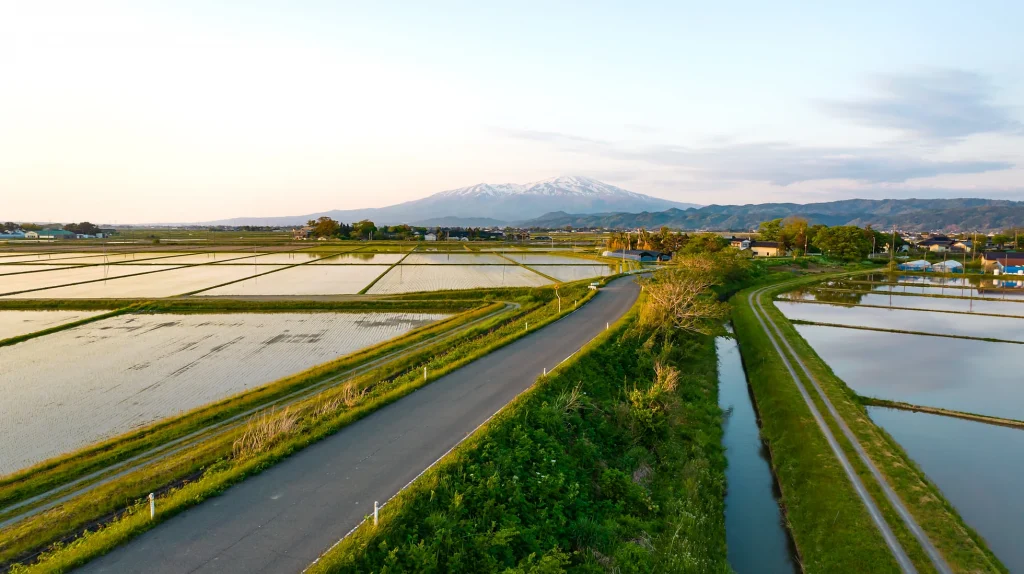
What is a GI?
A GI or “Geographic Indication” is essentially a type of protective trademark used to certify that the quality, character, reputation, and unique features of a certain product are attributed directly to the geographical origin of the product. Such famous examples worldwide include Champagne and Darjeeling Tea of which can each only be produced respectively in the Champagne region of France and in the Darjeeling foothills of India due to the unique environmental conditions that cannot be replicated anywhere else.
While there are many brands and producers that sell their products under these GI labels, they are only able to do so if indeed their product originates from each of these designated places. While anyone could, in theory, create and sell similar products of lesser quality, without the official GI recognition they would be considered inauthentic and hence the value would decrease.
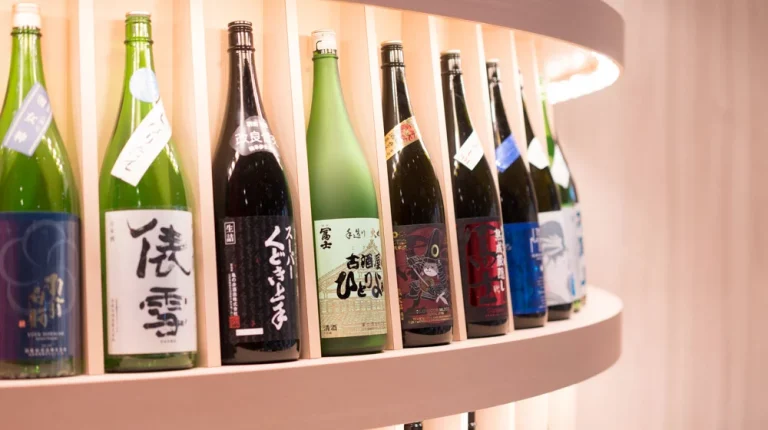
What is Yamagata Sake?
Until roughly 30 years ago, Yamagata Sake wasn’t the household name that it is today, much less a regional name in the industry. Post-war, many cheap, mid-tier quality foreign alcohols such as whiskey, beer, and wine flooded the domestic Japanese market, and small hometown producers that had been able to get by brewing inexpensive, low-quality sake began to struggle to stay afloat. To combat this, many sake producers all over Japan attempted to make the switch to producing high-quality sake for the sophisticated, upper-class consumer. However unfortunately many still found it hard to survive in the modern economy and many more were forced to leave the industry altogether.
What made Yamagata’s approach to the sake crisis truly revolutionary was the joint collaboration between the public and private sectors launched in 1987 under the banner “Team Yamagata”. Team Yamagata was a unique, innovative approach to tackling the sake industry that had never before been attempted. The project established the Yamagata Brewing Research Society of which served the purpose of revitalizing the sake industry through joint collaboration on technological advancement as well as collective resource sharing. The shift went from quantity to quality and for the first time in Japanese history, rather than hide away industry secrets, regional sake brewers were openly sharing their knowledge and experience with one another to help lift the entire region up together as a whole.
Through the hard work and collaborative efforts of some of Yamagata’s finest artisans, over the span of three decades, Yamagata Sake went from being just some common run-of-the-mill booze to some of the highest quality alcohol produced in all of Japan. Since 2004, Yamagata Sake has consistently won the largest amount of gold medals every year at the Japan Sake Awards and 78% of all the sake produced in Yamagata is considered premium grade, as compared with the nationwide average of just 34%. With the sharp increase of quality and unique collaborative efforts of which Yamagata Sake achieved such success, it was only a matter of time before Yamagata Sake was finally awarded a GI in 2015.
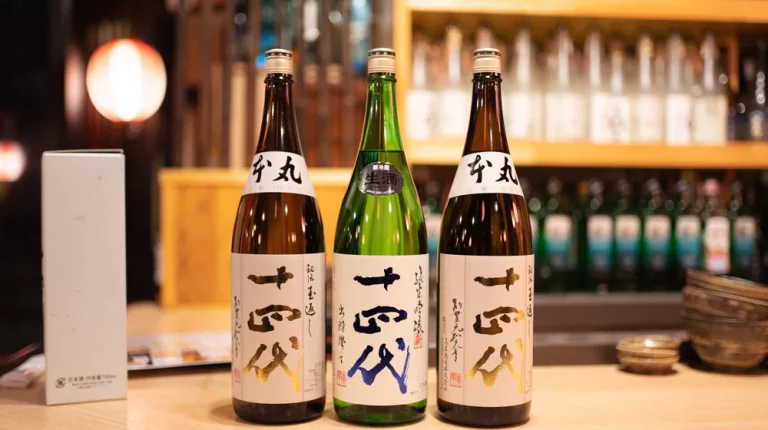
What makes Yamagata sake special?
While the story behind Yamagata Sake is indeed incredible, the true reason behind Yamagata Sake’s success is simply that its taste is like no other! Yamagata Sake is famous for being light, soft, clear, and smooth to drink as well as having a pleasantly sweet aroma that is inviting and gentle on the palette. The subtlety of Yamagata Sake’s flavor profile is known to pair well with any number of dishes both Japanese and Western style, and can enhance any meal by bringing out hidden flavors and aromas that would otherwise go unnoticed.
The secret however behind Yamagata Sake’s refined savour is the high-quality rice that has been produced in Yamagata for centuries and continues to define this region to this day. While it’s true that today rice is grown all over Japan and all over the world, what determines the quality of the rice is actually largely dependent on the soil in which it is grown. As the name suggests Yamagata (“Yama” meaning mountain) is primarily covered by pristine mountain peaks, most of which are actually dormant or partially active volcanoes such as Mount Zao. The nutrient-rich volcanic soil deposited thousands of years ago in addition to the clean, crystal-clear waters that melt down from the glacial peaks in the spring and summertime have cultivated not only an environment that rice can thrive in Yamagata, but one that brings out unique and spectacular attributes in the sake it produces that cannot be found anywhere else in Japan.
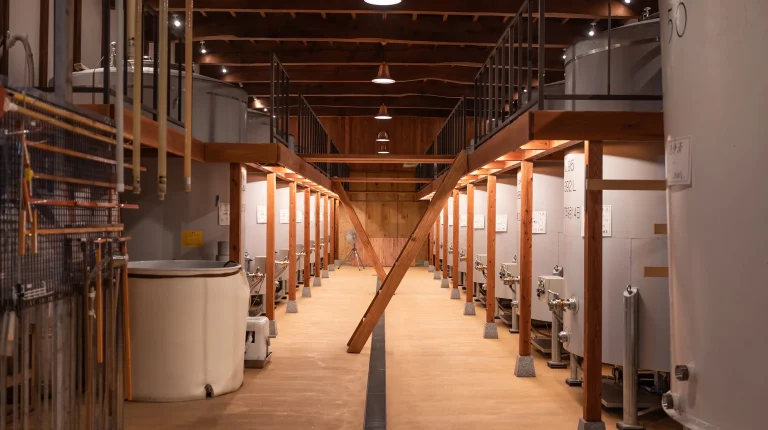
What Yamagata sake should I buy?
With so many different types of sake from so many reputable and celebrated craftsmen here in Yamagata, it’s hard to go wrong when choosing a sake. However, with such a wide array of options, it can be difficult to know where to start when first trying Yamagata Sake. Luckily, we’ve compiled a list of some of our personal recommendations that we think offer a good taste of what Yamagata has to offer!
Otokoyama
Shuho
Kotobuki Toraya
Dewazakura
Mitobe
